From nutrition charts to Pacer tests, the California physical education system’s attempt to prepare its students for a healthy future is subpar at best.
Taken by fifth, seventh, and ninth graders, the Physical Fitness Test evaluates aerobic capacity, abdominal strength, trunk extensor strength, upper body strength and flexibility. However, the scale on which students’ abilities are assessed doesn’t really consider their lifestyle. Students could have unhealthy eating habits but perform well, or eat healthily but perform poorly. Because the education system only caters to a narrow range of body types and health levels, students can easily fall into unhealthy habits such as over or under eating, unaware that different bodies have different needs. The ‘catch all’ idea of the Physical Fitness Test is more harmful than helpful, as it only judges students on their weight instead of assisting them on a journey to live a healthy lifestyle.
Physical education standards also do not take health problems like asthma, physical and mental disabilities, or dietary restrictions into account. Though high school provides more options than prior years like PE Basketball, PE Racquet Sports, PE Weight Training, PE Total Fitness and Dance 1, the regular classes like PE 9 and PE Athletics 10-12 still have standardized athletic exams such as mile runs which force students to complete tasks at a standardized level disregarding their personal abilities.
“I think P.E. pretty inclusive,” freshman Saanchi Nadger said. “They don’t really force you so if you’re having a bad day, you can just not do as much. But if you don’t get it under a certain time, I don’t think you’ll get a good grade. So if you aren’t able to finish a mile in time it could hurt you.”
While the physical education curriculum introduces the concept of Smart Goals, the system fails to ensure that students are working towards and achieving those goals. Though students are introduced to concepts regarding diet, they are not taught effectively how to implement proper nutrition into their day-to-day lives; making it unattainable and impossible to make lifestyle changes.
“I feel like P.E. could definitely emphasize a lot more nutrition rather than just physical exercise,” sophomore Manoah Maciel said. “It could also be a lot more strict because it does not provide a strict enough curriculum to the point that you have to take it seriously. And I feel like P.E. has lost its value of what it is. It should be an important class about your health and bettering your health and how to take care of yourself in the long run.”
The lack of access to easy and effective ways to implement a healthy diet and the use of a cookie cutter fitness test make it impossible for students to make positive lifestyle changes. In a study conducted by the State of Childhood Obesity, 17% of youth ages 10-17 experience childhood obesity. The National Association of Anorexia Nervosa and Associated Behaviors states that 22% of children and adolescents have unhealthy eating habits that demonstrate or could lead to an eating disorder. To truly make a positive impact on teenage lifestyles, the physical education system must switch gears to cater to a variety of health concerns and diets, and provide students with straightforward ways to implement a balanced diet into daily life.



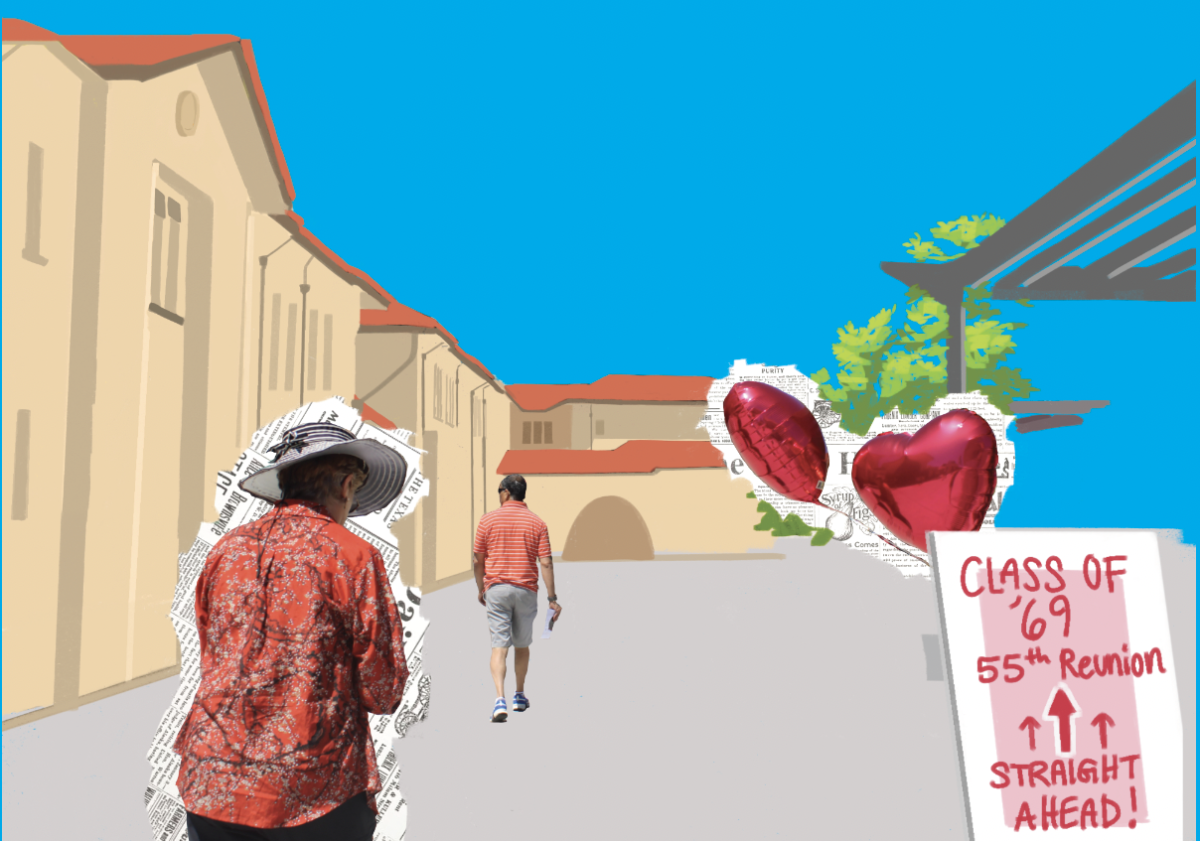








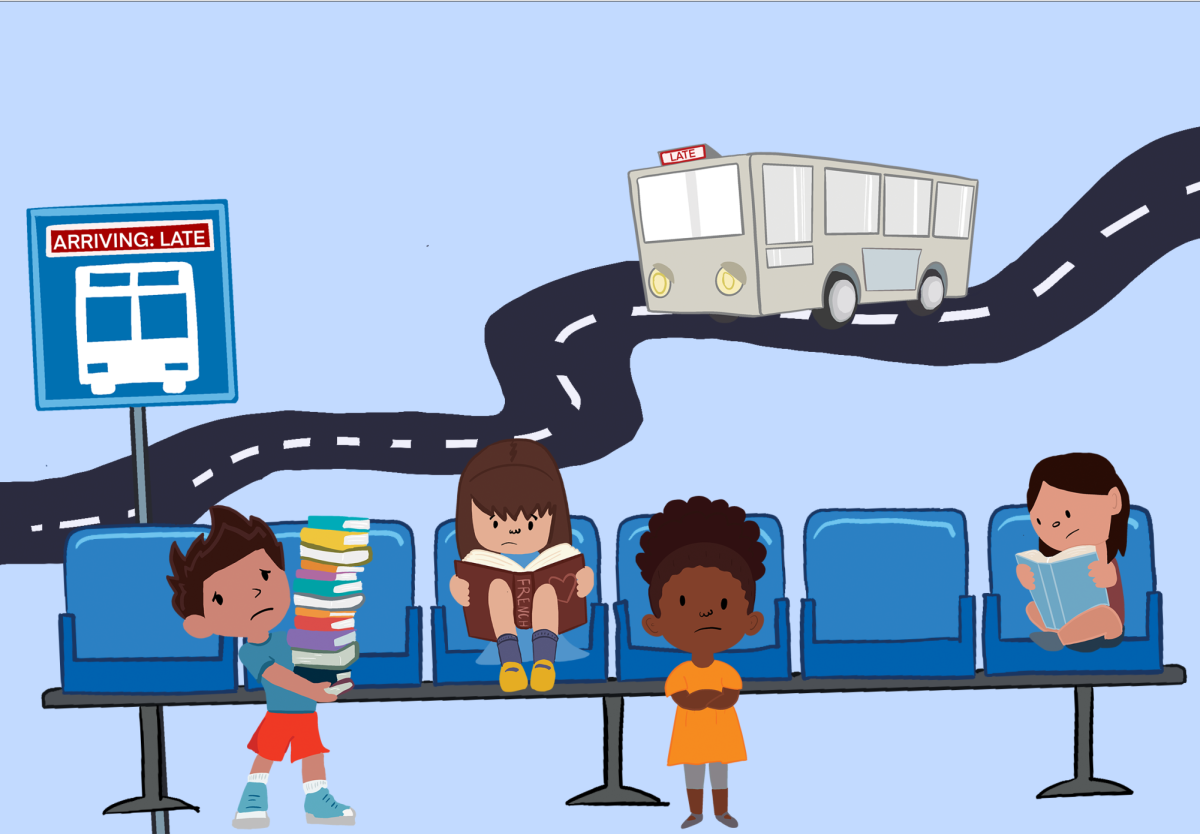


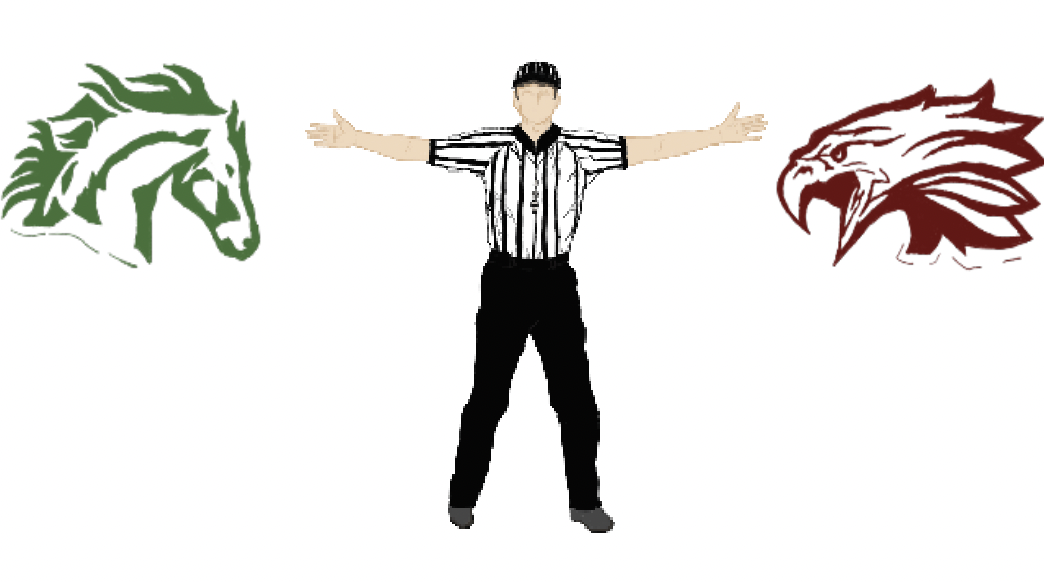
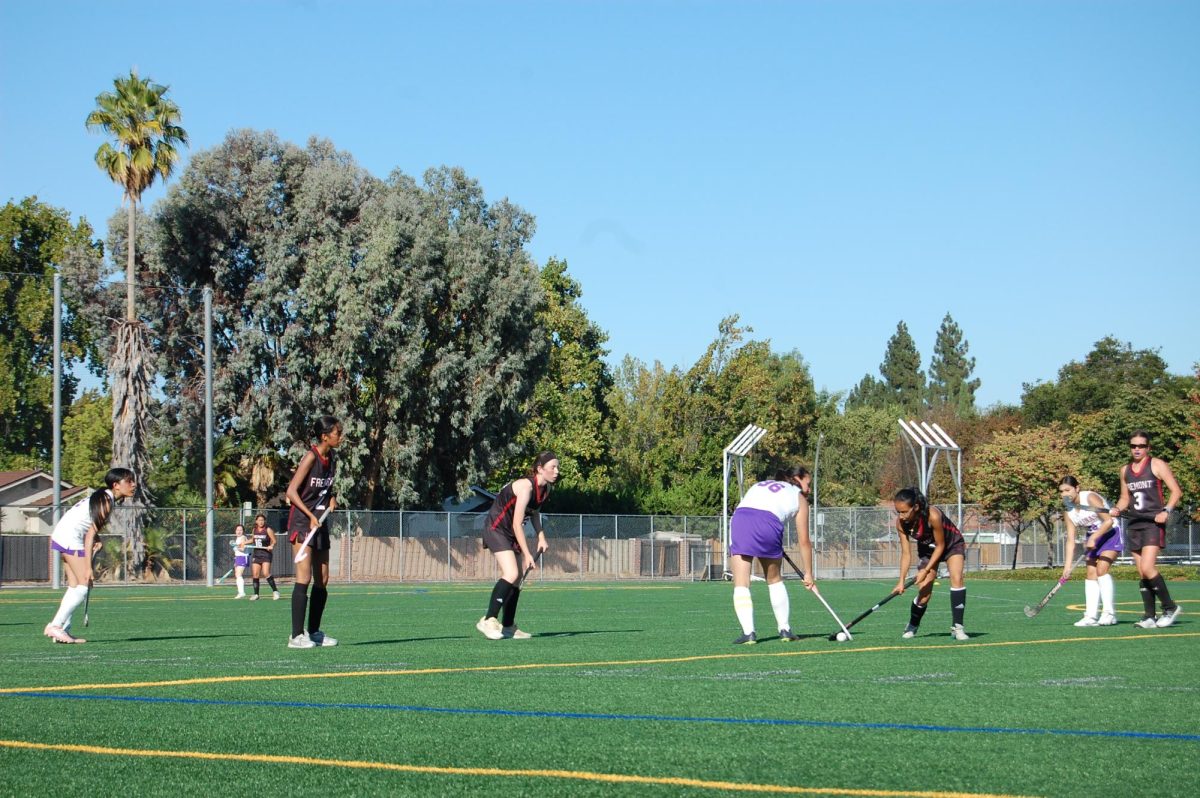
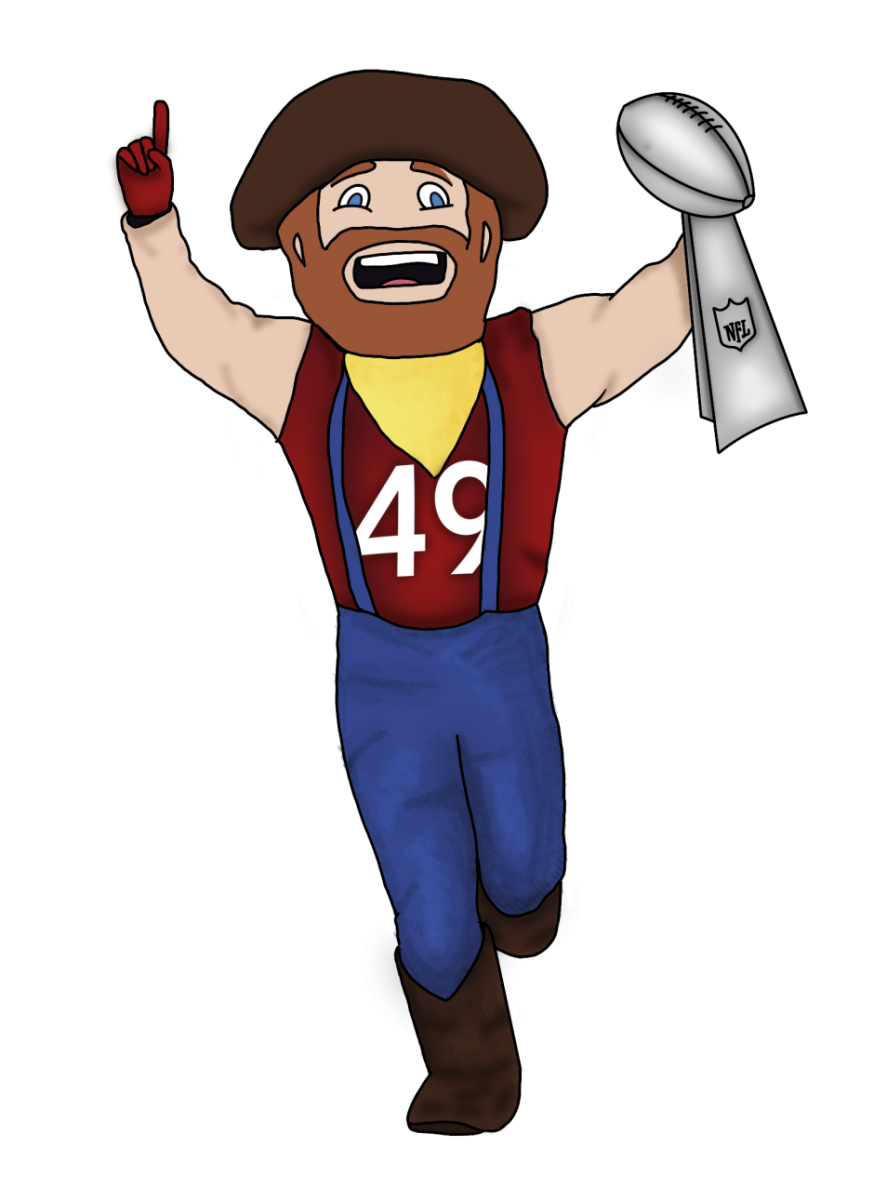



Martin Gerard Heilman ~ Apr 11, 2024 at 10:18 am
I am a PE teacher and fitness coach for the past 27 years. I am also a recovering anorexic. My body image disorder started in middle school when I failed the fitness test. I plead with my fellow PE teachers not to do these old school fitness tests! They are testing students without ever teaching them. How to do a push-up or how to run correctly! Makes no sense. All it does is destroy students image of themselves!